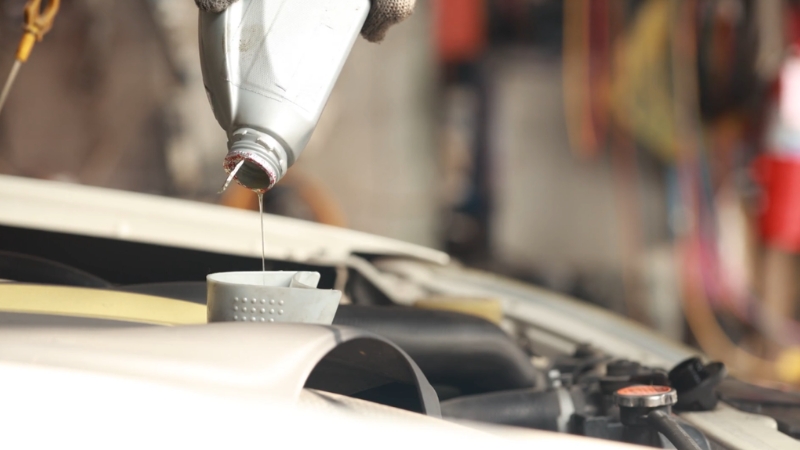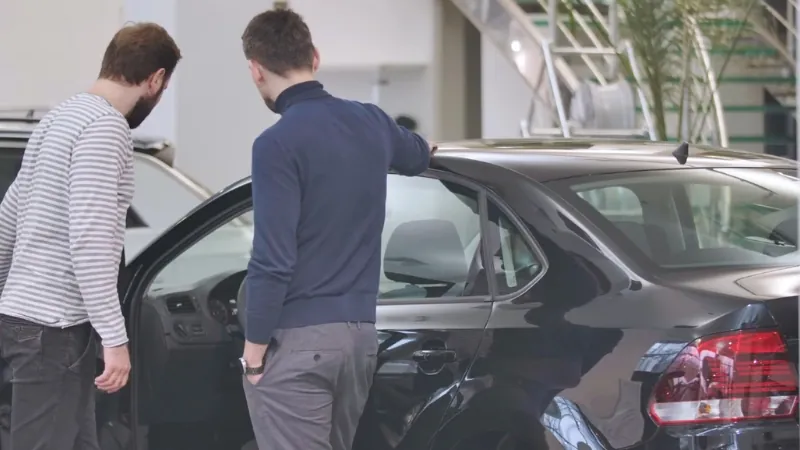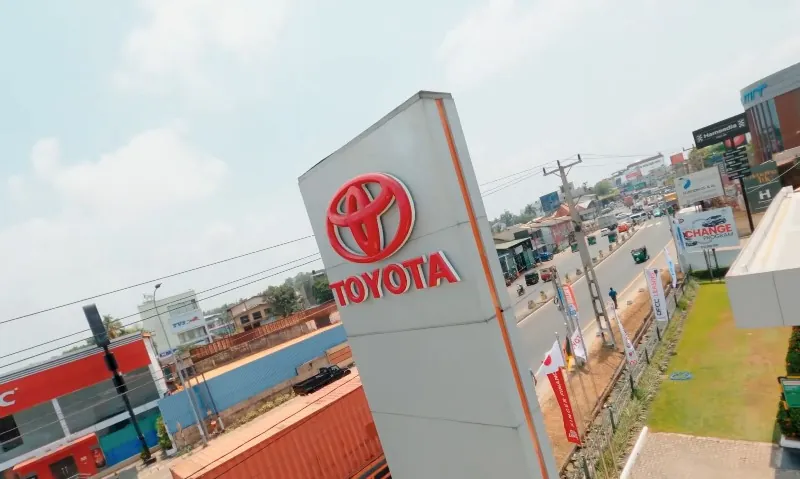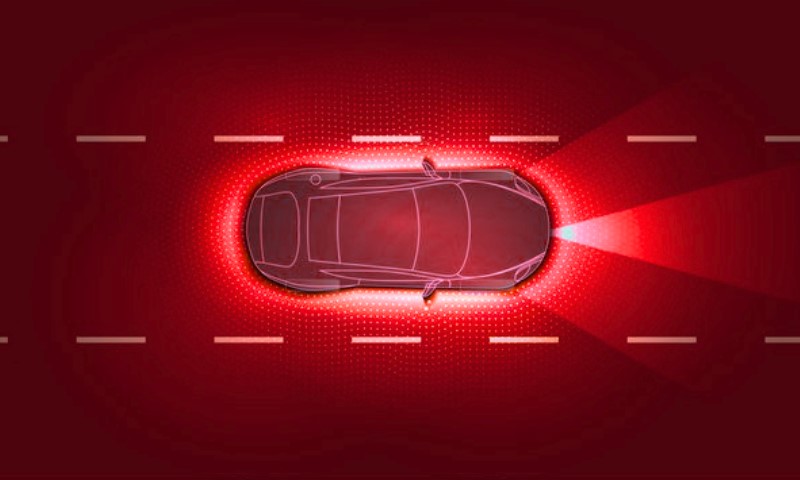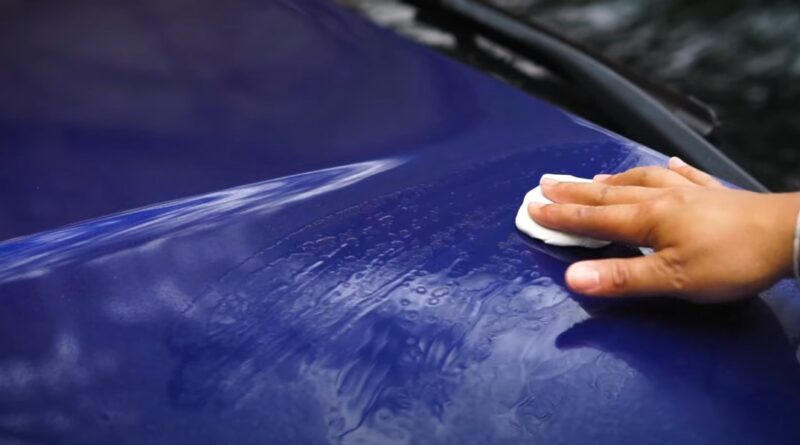
Share Post:
Picture this: You step outside, ready to jump into your car for the day, and suddenly, you notice a splash of unwanted paint on your shiny vehicle.
It doesn’t matter if it’s the result of careless overspray from a nearby paint job, a frustrating encounter with graffiti, or paint scuffs from another car, your stomach drops as you wonder how you’re going to fix it.
Don’t worry! I’ve been there, and while it might seem like a nightmare, there are ways to remove that unwanted paint without causing any further damage. Let’s break it down together, and I’ll show you how to safely restore your car’s original look.
Table of Contents
ToggleStep 1: Figure Out What Kind of Paint You’re Dealing With
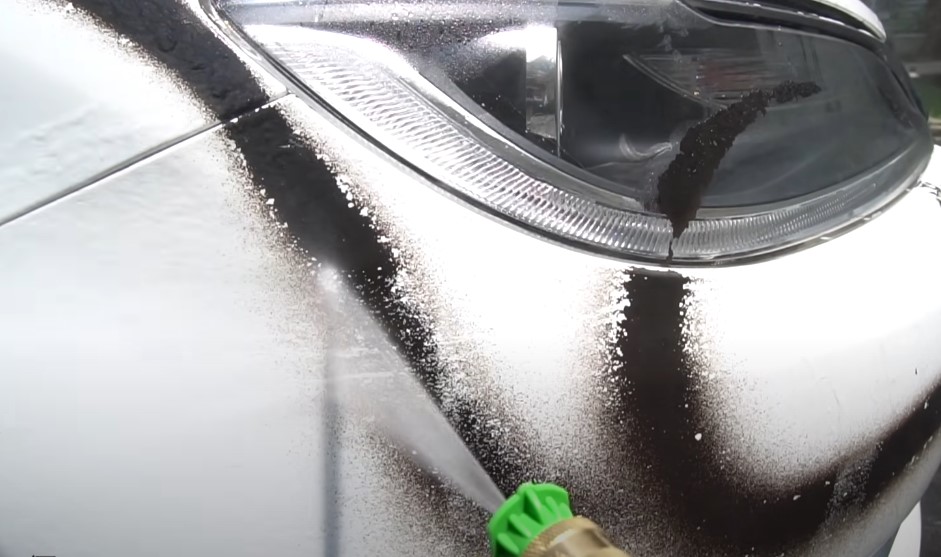
First, take a good look at the situation. You need to determine what type of paint you’re dealing with. Is it a paint transfer from a car door, spray paint, or some other form of paint damage? It is like dealing with a sticker on your car window.
This will help you pick the best removal method. Here’s a quick breakdown of common paint situations:
- Paint Transfer: This happens when another object, like a wall or another vehicle, leaves a streak of paint on your car’s surface.
- Overspray or Graffiti: If you parked too close to a painting project or were the unfortunate victim of graffiti, you’re probably dealing with unwanted spray paint.
Once you’ve got a sense of what you’re working with, you can choose the right approach.
Step 2: Try Soap and Water First
Sometimes, the simplest solution works best. If the paint is fresh or the transfer is light, soap and water might be all you need.
What You’ll Need
- A bucket of warm water
- Car soap (make sure it’s car soap, not dish soap!)
- Microfiber cloth or sponge
How to Do It
- Mix the car soap into the warm water.
- Dip your sponge or cloth in the soapy water, then gently scrub the affected area.
- Rinse with clean water and dry the area with a microfiber towel.
Step 3: Nail Polish Remover (Acetone)
Acetone-based nail polish remover can work wonders on small paint transfers or overspray. It’s a quick and accessible solution for most of us.
What You’ll Need
- Nail polish remover (acetone-based)
- Soft cloth or cotton swabs
How to Do It
- Dampen your cloth or cotton swab with a bit of acetone. Be careful not to soak it too much, as acetone is powerful and can eat into your car’s clear coat.
- Gently rub the area in small circles. Don’t press too hard; a little goes a long way.
- Once the paint starts to come off, wipe the area with a damp cloth to remove any residue.
- Dry the area with a microfiber towel.
Step 4: Clay Bar Treatment
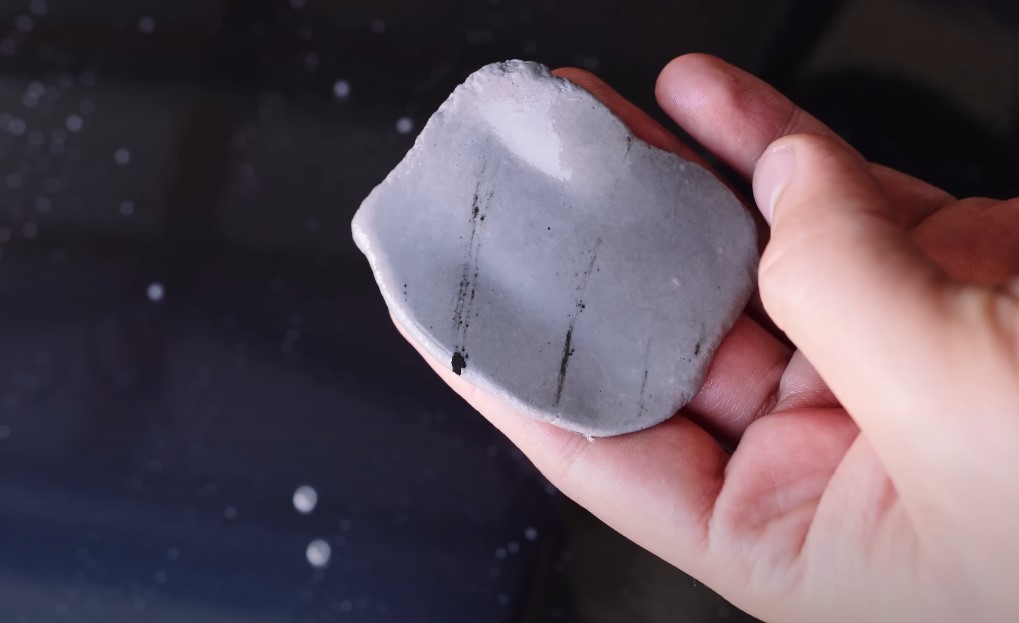
A clay bar is a fantastic tool to have in your garage, especially if you love keeping your car in tip-top shape, weather your car is gas-powered or electric. It’s commonly used in auto detailing to remove contaminants like paint overspray.
What You’ll Need
- A clay bar kit (usually includes a lubricant spray)
- Microfiber cloth
How to Do It
- Spray the lubricant generously over the affected area.
- Rub the clay bar back and forth over the spot, making sure to keep the surface well-lubricated.
- As the paint transfers to the clay, fold it to expose a clean area and keep going.
- Wipe the area clean with a microfiber cloth when you’re done and apply wax for extra protection.
Step 5: WD-40 for Paint Scuffs
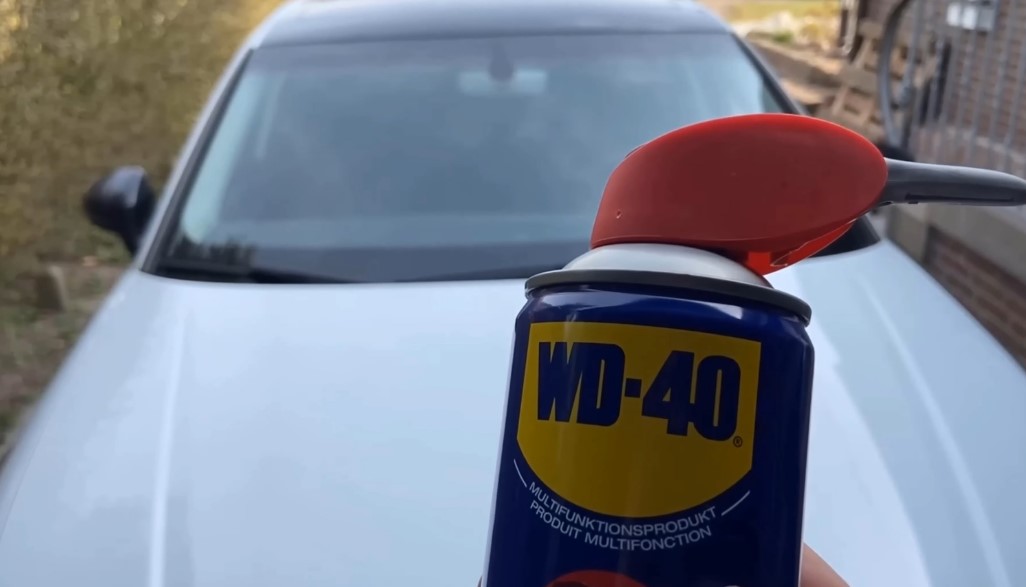
If your car has picked up paint scuffs from another vehicle, WD-40 might be your new best friend. It’s not just for squeaky doors—it’s surprisingly useful for getting rid of fresh paint scuffs too.
What You’ll Need
- WD-40
- Microfiber towel
How to Do It
- Spray a small amount of WD-40 directly onto the scuffed area.
- Let it sit for a minute or two, so it has time to work its magic.
- Wipe away the scuff with a microfiber towel, applying light pressure as needed.
- Clean the area with soapy water afterward to remove any WD-40 residue.
Step 6: Rubbing Compound
For tougher paint spots, you might need to break out the rubbing compound. This abrasive solution removes a thin layer of your car’s clear coat, so use it carefully.
What You’ll Need
- Rubbing compound
- Microfiber applicator or polishing pad
How to Do It
- Apply a small amount of rubbing compound to the painted area.
- Gently buff the spot in a circular motion using your microfiber applicator.
- As the paint comes off, wipe away any excess compound with a clean cloth.
- Afterward, apply car wax to restore shine and protect your paint.
Step 7: Paint Thinners or Lacquer Thinner
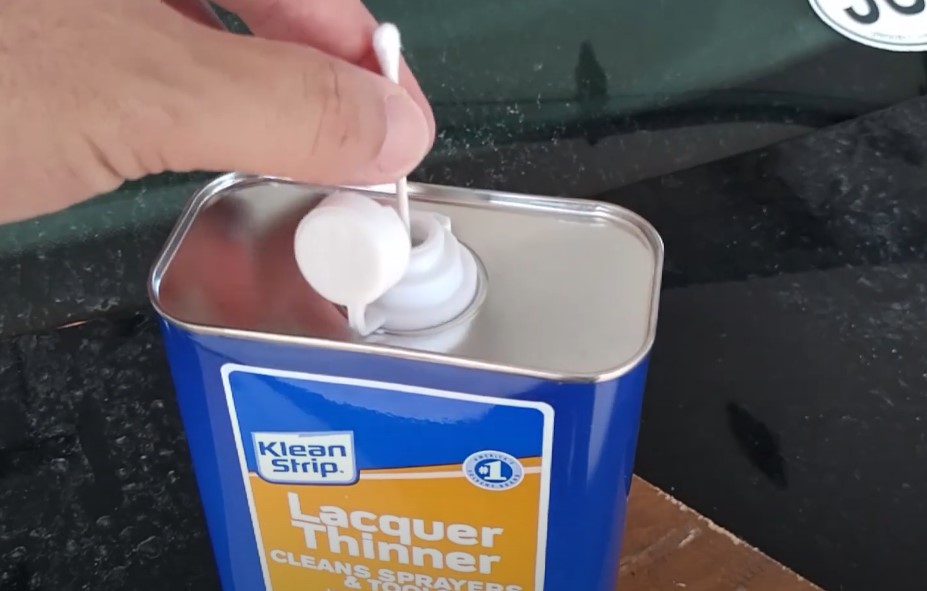
If you’ve tried everything else and the paint is still clinging to your car, it might be time for paint thinner or lacquer thinner. Proceed with caution, though, because these chemicals are strong enough to damage your car’s clear coat.
What You’ll Need
- Paint thinner or lacquer thinner
- Soft cloth
How to Do It
- Apply a small amount of thinner to the cloth.
- Gently rub the area, keeping a light hand so you don’t strip away your car’s finish.
- Once the paint is gone, rinse the area with clean water and apply a protective wax.
Step 8: Professional Paint Removers
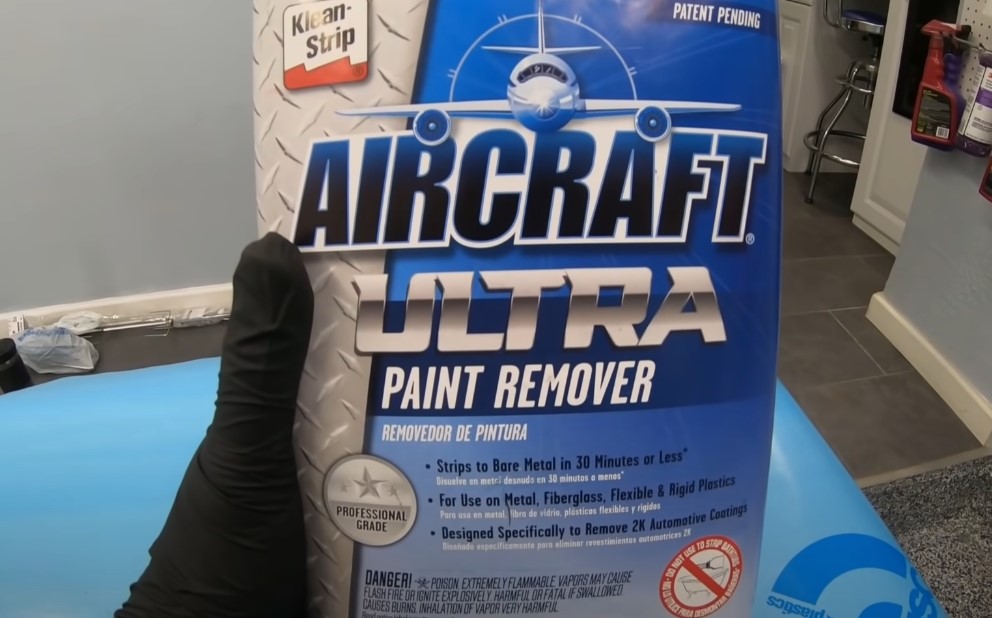
Still no luck? Don’t give up! There are specialized automotive paint removers you can buy that are specifically designed to handle delicate car surfaces. You can usually find them at an auto store.
Follow the instructions on the packaging, and be sure to finish up with a protective wax or sealant to keep your car looking its best.
Step 9: Pressure Washing for Big Jobs
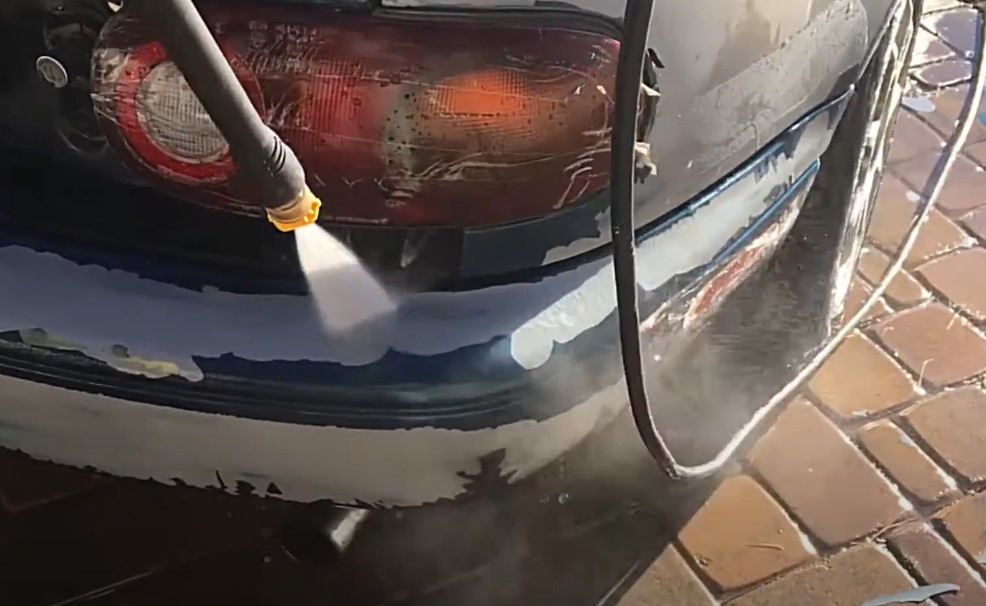
If the paint covers a large section of your car, a pressure washer might save you some time and elbow grease. Just be careful with the pressure setting.
How to Do It
- Adjust the pressure washer to a low-to-moderate setting to avoid damaging your car’s original paint.
- Spray the affected area from at least 12 inches away.
- Work in small sections, making sure not to focus on one spot for too long.
Step 10: Protect Your Car’s Paint
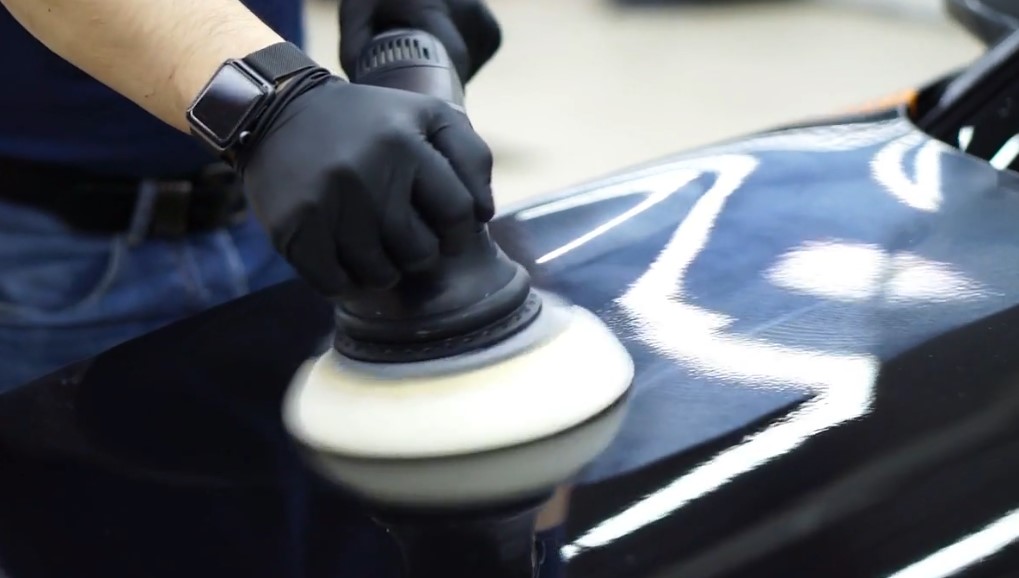
After removing the paint, it’s important to restore and protect your car’s finish. Here’s how:
- Polish and Wax: Polish helps bring back the shine, while wax creates a protective layer.
- Sealant or Ceramic Coating: If you want longer-lasting protection, invest in a sealant or ceramic coating. These offer stronger defense against environmental damage.
- Paint Protection Film: For the ultimate defense, consider applying a clear paint protection film. This invisible layer shields your car’s finish from chips, scratches, and future paint damage. It’s especially helpful if your vehicle is often exposed to road debris or harsh weather.
Final Thoughts
Removing paint from your car doesn’t have to be a stressful ordeal. It’s all about taking your time, starting with the gentlest methods, and gradually working your way up to stronger solutions if needed.
With a little patience, you can get rid of that unwanted paint and keep your car looking as good as new. Your car deserves the best care, and with the right techniques, you’ll have it looking fresh and clean in no time.
Related Posts:
- How to Get Sticker off Car Window - Easy, No-Scratch Methods
- How to Baby-Proof Your Car? Essential Tips for New Parents
- How to Secure Your Teen’s First Car - Safety Tips…
- Is It Bad to Leave the AC on in Your Car When You…
- When to Use the VSC OFF Button in Your Toyota…
- 2025 Crash Statistics: Which Car Models Get Hit the Least?



